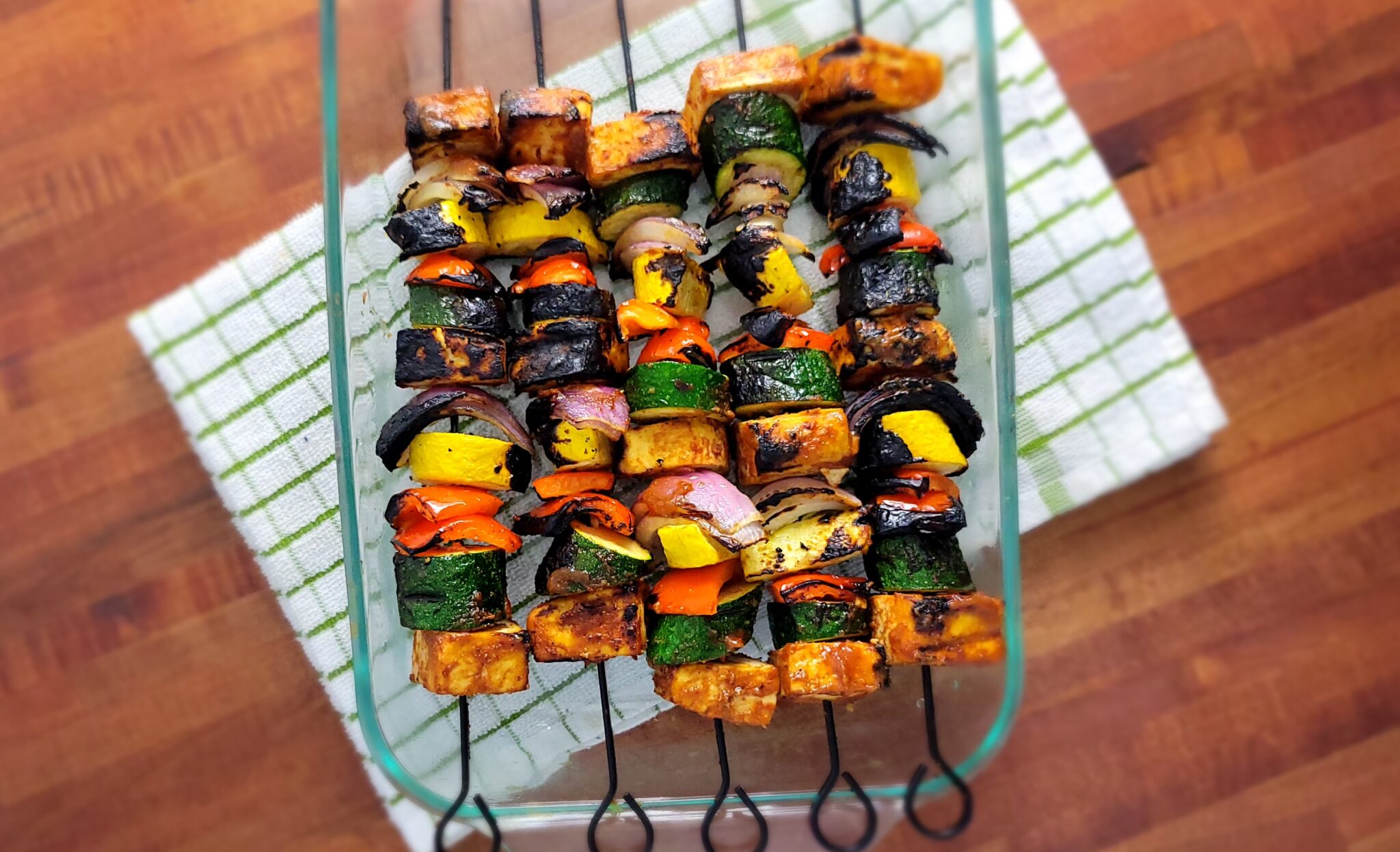As you may already know, what you eat impacts your kidney health. One diet that provides benefits for your kidneys is the PRAL diet. This article will review the ins and outs of the PRAL diet, breaking down the science and highlighting its advantages for maintaining excellent kidney health. Read more if you want a simple explanation of the science and how you can make informed food choices for the well-being of your kidneys.
What is PRAL?
PRAL stands for Potential Renal Acid Load, which measures the amount of acid a food makes in your body after digestion. PRAL is not related to foods that taste acidic. For example, lime, which naturally tastes acidic, has a low PRAL value, like most fruits and vegetables.
Our body closely regulates our acid-base balance to keep us healthy. A food with a high PRAL is very acidic once digested, and low PRAL means it is more alkaline (or base). Knowing this, we can understand how what we eat daily can contribute to our body’s acidity or alkalinity [1].
Acidosis
When the body has high amounts of acid, the acid-base equilibrium is disrupted, and our body experiences acidosis. Being in a constant state of acidosis is known to be associated with developing conditions like:
- Diabetes
- Hypertension
- Low muscle mass [1].
Research has shown that following a low PRAL diet helps to prevent these medical conditions that could further complicate kidney disease [1].
How does PRAL affect your kidneys?
Your kidneys and lungs are the organs that help regulate your acid-base balance. If your kidneys have decreased function, they cannot effectively remove acid from the body to achieve acid-base balance.
A diet that consists of primarily high-PRAL value foods can increase acid in your body. This build-up of acid makes your kidneys work harder, decreasing your GRF over time and accelerating the progression of kidney disease. But you can help your body achieve acid-base balance and preserve kidney function by following a low PRAL diet [1, 2].
What foods are high in PRAL?
Foods with high PRAL value are foods rich in protein and phosphorus. For people with kidney disease, it is recommended to reduce the amount of these high-acid foods [1, 2].
Foods With a High PRAL Value:
Following a low PRAL diet does not mean you need to cut all of these foods out of your diet. But it would help if you practiced caution around your food choices to reduce these foods in your diet to support your kidneys. Adopting more plant proteins into your diet versus animal proteins is an effective way to follow a low PRAL diet [1].
What foods are low in PRAL?
Foods with low PRAL value are primarily fruits and vegetables and some grains. Low PRAL foods have less acid, which helps prevent your kidneys from being overworked [1, 2].
- All fruits
- All vegetables
- Beans
- Lentils
- White rice and other white grains
- Quinoa [1]
For people with kidney disease, low PRAL foods help to reduce the acid in your body and maintain acid-base balance to preserve your kidney function [1, 2].
Eating a low PRAL diet for kidney disease
Understanding acid-base balance in the body can seem complex. The good news is that a kidney-friendly diet already consists of foods with a low PRAL value. A low PRAL diet and a kidney diet encourage eating more plant proteins and increasing fruit and vegetable intake. If you follow a kidney diet and practice increasing plant foods, you are likely already eating a low PRAL diet [1]. Adding plants to your plate and limiting animal sources of protein naturally balances your meals to have a lower PRAL.
Decreasing high-PRAL foods can look different for everyone. For some people, that may look like eating one plant protein meal a day, or to others, that may be 2 to 3 days a week. If you need help making changes to your diet, talk to your dietitian to help you create a realistic plan for yourself [1, 2].
Summary
The PRAL diet gauges the acid produced in the body after metabolism. Foods with a high PRAL value, such as meat and cheeses, are more acidic and can lead to acidosis when eaten often, impacting those with kidney disease. High PRAL foods stress the kidneys.
Opting for a low PRAL diet has proven beneficial for kidney health as it reduces overall acid production. Fruits and vegetables, generally less acidic, are vital components. Fortunately, the kidney diet inherently restricts high-PRAL foods. By adhering to a kidney-friendly diet, you not only limit high-PRAL foods but also actively support your kidney health [1, 2].
References
- Osuna-Padilla IA, Leal-Escobar G, Garza-García CA, Rodríguez-Castellanos FE. Dietary Acid Load: mechanisms and evidence of its health repercussions. Nefrologia (Engl Ed). 2019 Jul-Aug;39(4):343-354. English, Spanish. doi: 10.1016/j.nefro.2018.10.005. Epub 2019 Feb 5. PMID: 30737117. https://pubmed.ncbi.nlm.nih.gov/30737117/
- Storz, M. A., & Ronco, A. L. (2023). How Well Do Low-PRAL Diets Fare in Comparison to the 2020-2025 Dietary Guidelines for Americans?. Healthcare (Basel, Switzerland), 11(2), 180. https://doi.org/10.3390/healthcare11020180

